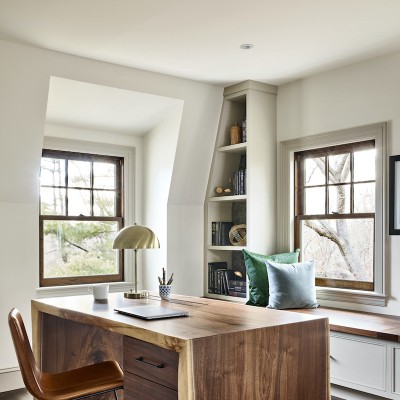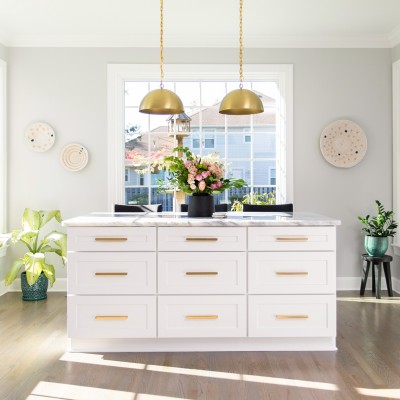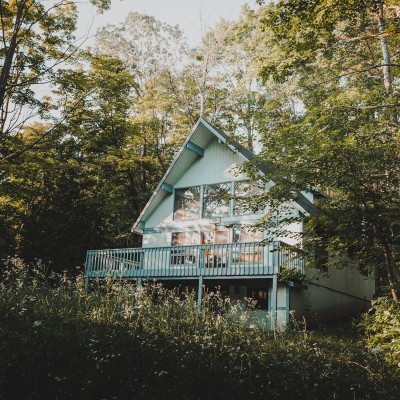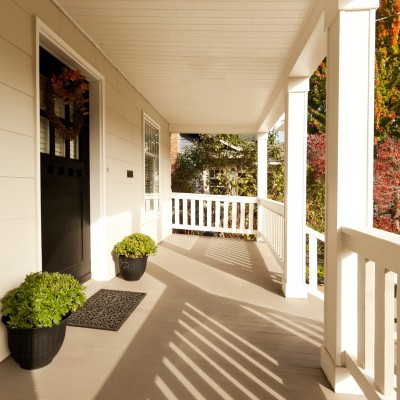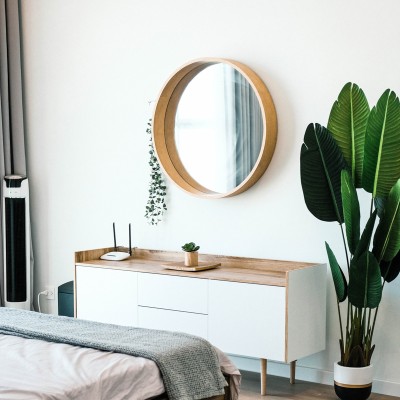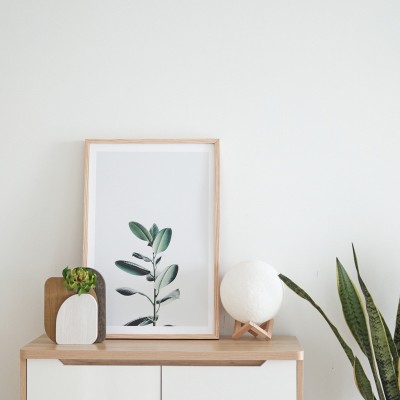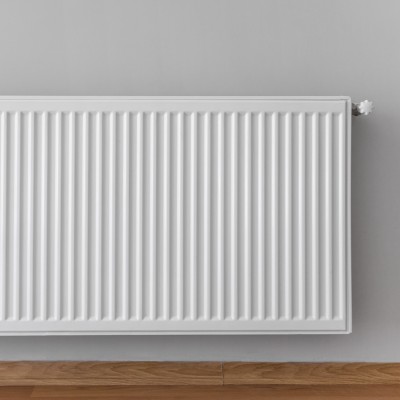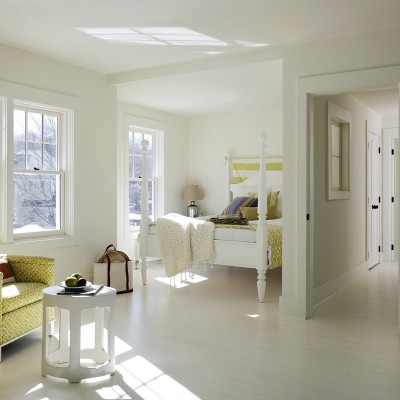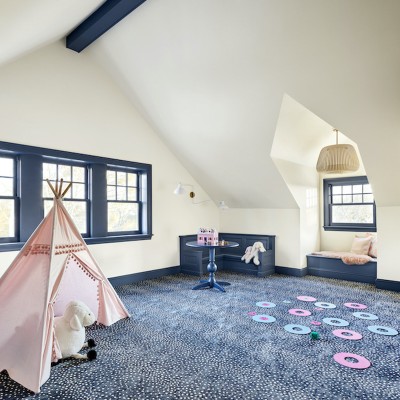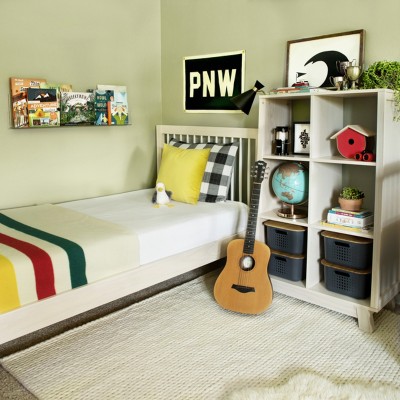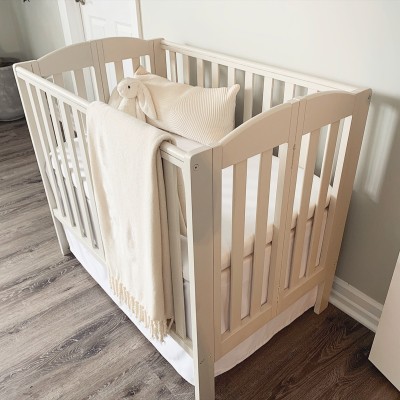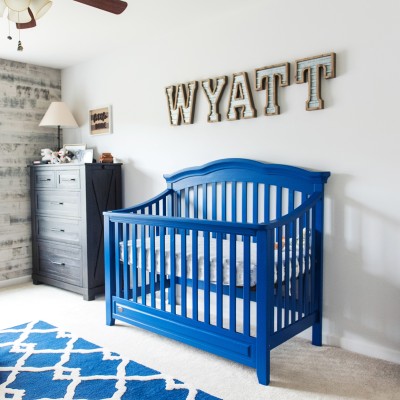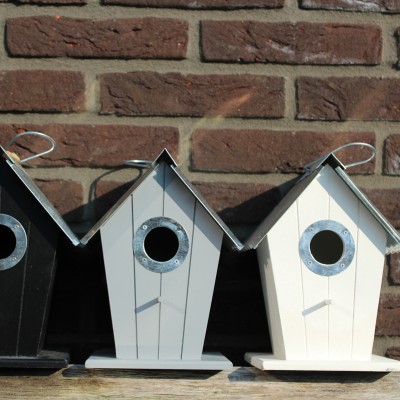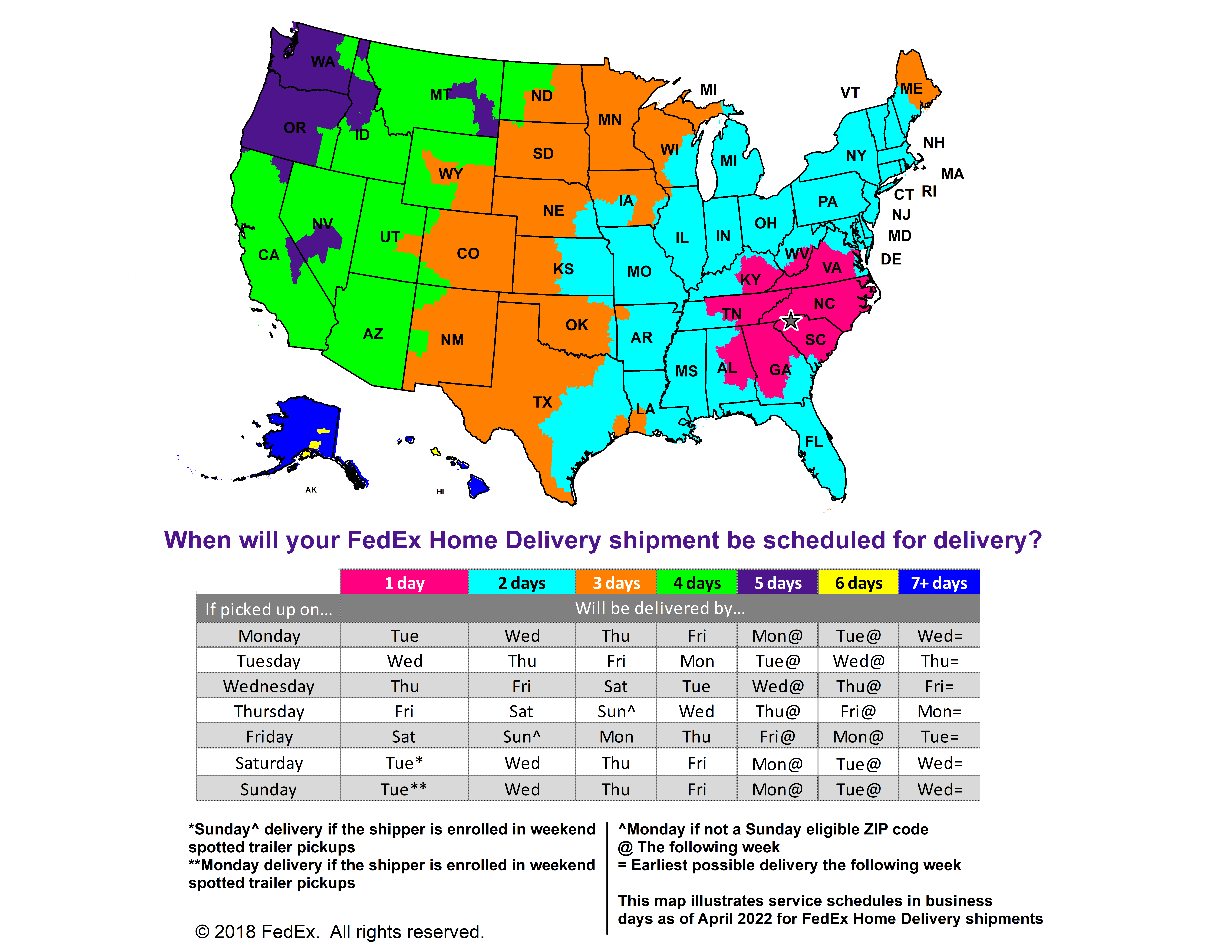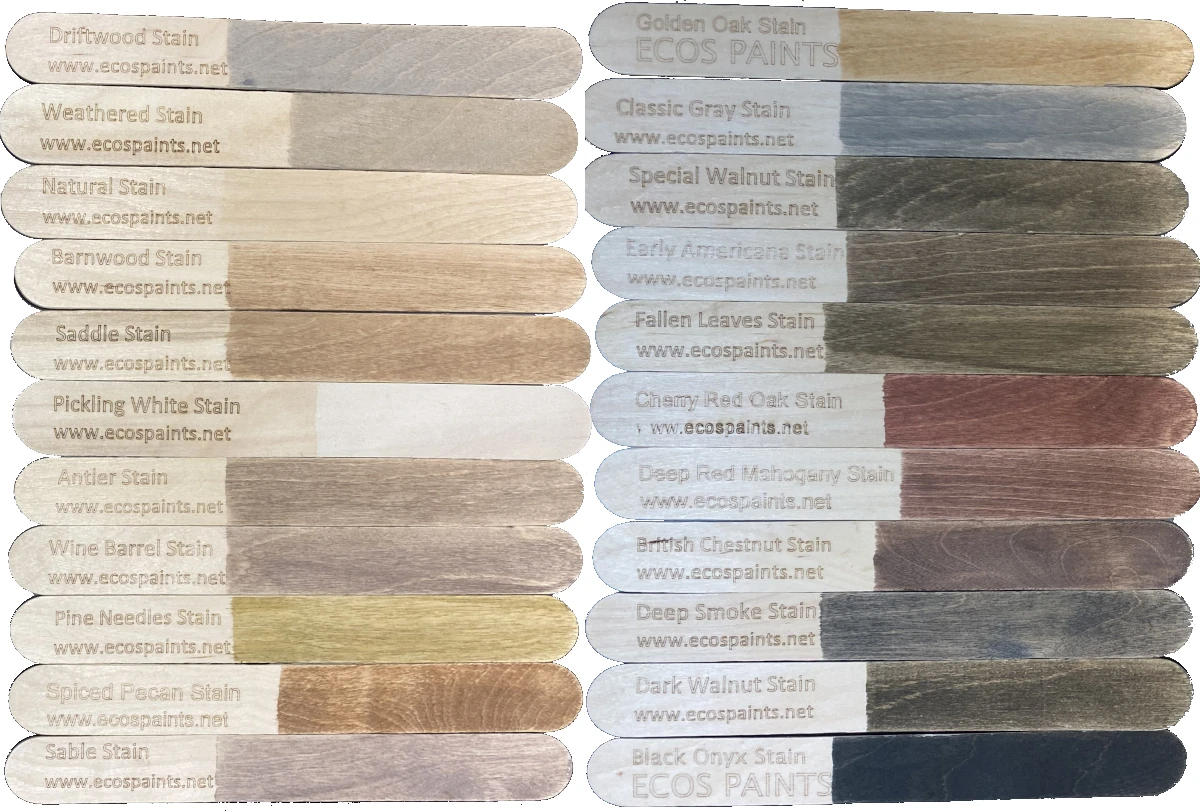Homeowner's Guide To Choosing Eco-Friendly Paints (Part 1)
As a homeowner, it's often empowering to feel the freedom that comes with being able to customize your home in any way you choose. For example, in a 2017 interior design trends survey, more than a third of respondents said they would choose a neutral color palette if redecorating their home, and you should have the freedom to choose whatever makes you feel most at home. But while most homeowners are primarily concerned with picking out paints and color schemes when considering painting a room, it's also critical to be aware of the toxins present in many commercial spray paints and traditional paints.
If you're concerned about your family's health and your impact on the environment, it's important to consider the benefits of non toxic spray paints, coatings, and more. Here's part one of our quick guide to help homeowners like you choose the right eco-friendly paints for their home.
Understanding VOCsFirst, it's important to understand the role of VOCs (volatile organic compounds) in many paints. Spray paints often contain VOCs, which are then emitted as gases that impact air quality, and therefore, human health. It's also surprising that studies have shown that levels of several volatile organic compounds average two to five times higher concentration indoors than outdoors, and when inhaled they can contribute to several health problems.
But the presence of VOCs extends far beyond paint applications. Gloss varnishes, waxes, and other household products typically contain them as well. This includes cleaning products, degreasers, some fuels, cosmetic products, hobby products, and more.
Health Effects Of VOCs VOCs have numerous short- and long-term health effects that range from minor to severe. Those who are sensitive to allergens and chemicals may start to experience irritation of the eyes, nose, and throat. Headaches and nausea are also common side effects of VOC exposure/inhalation. But most severely, the U.S. Environmental Protection Agency states that some organic compounds "can cause cancer in animals," and "some are suspected or known to cause cancer in humans."
How To Reduce Exposure Fortunately, there are several steps homeowners can take to limit VOC exposure in their homes. Increasing ventilation helps to disperse the concentration. You should also pay close attention to labels explaining precautions on any products used inside your home. You should always buy in small quantities so that you'll never have to store opened containers of unused paints in your home. But most of all, you can skip the hassle and health risks altogether and opt for eco-friendly paints and coatings instead.
Ultimately, choosing an eco-friendly paint without high levels of VOCs is the best way to protect yourself and your family from these potential health risks. Keep an eye out for the next post, where we'll discuss how to find and select the right environmentally-friendly and low VOC paints for your home.

